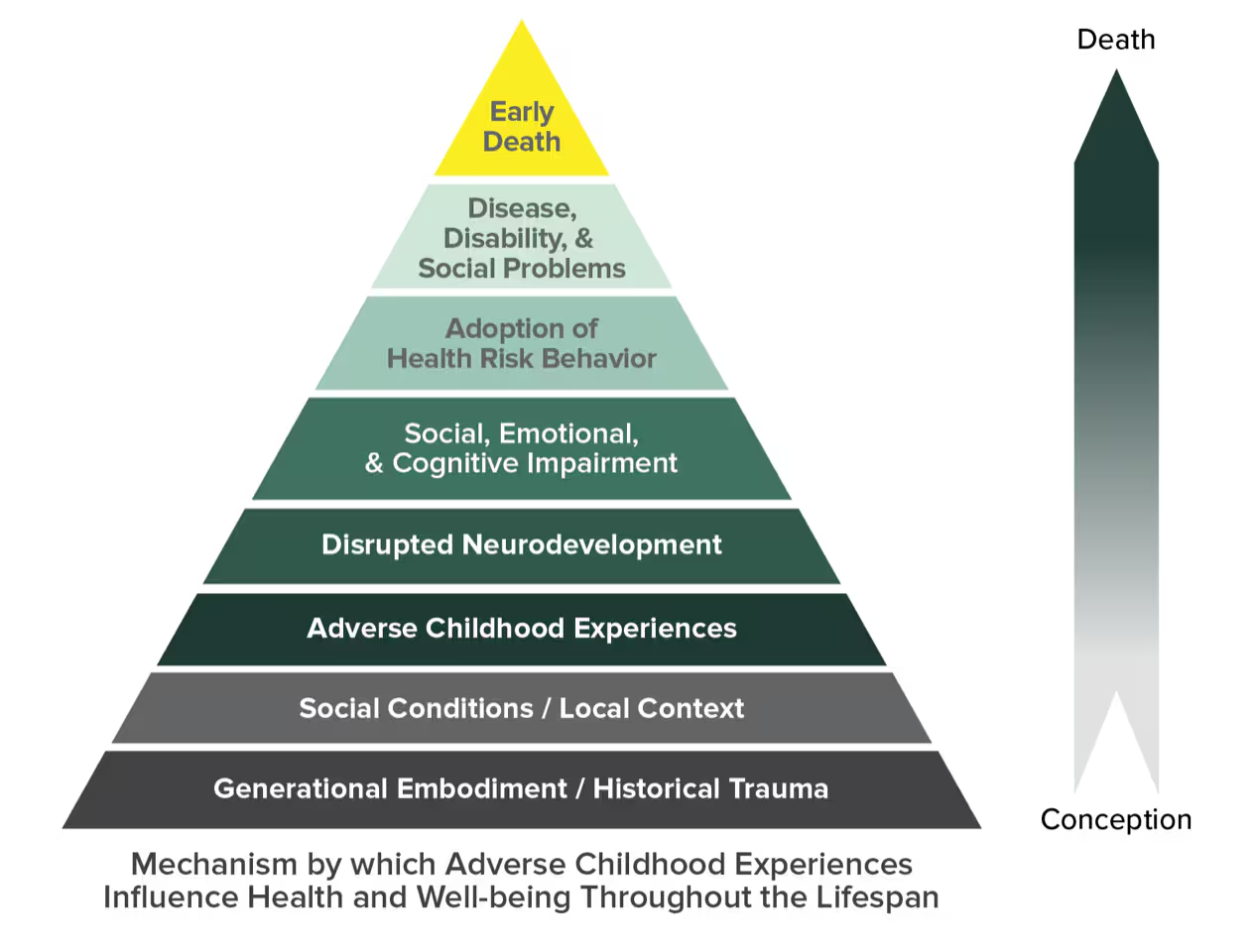Introduction
This memo provides governors and state officials with an overview of the Short-Time Compensation (STC) program and opportunities for developing, promoting, and expanding state STC programs during the COVID-19 crisis.
Short-Time Compensation Program Overview and Strategic Opportunity
Short-Time Compensation (STC), also known as work sharing or shared-work programs, are an alternative to layoffs for employers experiencing a reduction in business activities and allows those employees facing a reduction in wages to collect a percentage of their unemployment compensation (UC) benefits to replace a portion of their lost wages. STC preserves employees’ jobs and employers’ skilled workforces by allowing employers to reduce work hours for some employees rather than laying them off. Research has demonstrated that states that utilized STC programs during the Great Recession saved tens of thousands of jobs that otherwise would have been lost. However, STC is significantly underutilized by states, businesses and individuals: only 0.78 percent of the total number of UI beneficiaries are receiving their benefits through STC.
The enactment of the Coronavirus Aid, Relief, and Economic Security Act (CARES Act) offers a strategic opportunity for states to develop, promote or expand STC programs during the current coronavirus pandemic to help facilitate reopening and recovery. While this program has historically provided businesses in the manufacturing sector opportunities to retain their skilled workforce during recession, there is a new opportunity for states to promote this program to new industries, especially those that have been severely impacted by the pandemic. In addition, STC under the CARES Act shifts the burden from state unemployment trust funds, especially those that are nearing insolvency, and from employers, who typically incur additional taxes due to workers filing for unemployment, to the federal government. Finally, states have access to federal grants to develop, promote, and expand STC programs during and following the pandemic, an opportunity to make the program more visible and accessible to employers when they experience future economic events.
Federal STC Program Requirements
Federal legislation does not require states to administer a STC program, so state participation in STC is voluntary. However, the U.S. Department of Labor (DOL) does offer resources and technical assistance for states interested in administering and operating an STC program. In addition, states have flexibility in how they operate a STC program, but all state must follow STC requirements under 3306(v), Federal Unemployment Tax Act (FUTA):
- Employer participation is voluntary.
- Employer reduces employee hours in lieu of layoffs.
- Work week reduction is at least 10% and no more than 60%.
- Employees receive a pro-rata share of their UI benefits for reduced work hours.
- Employees continue to be available to STC employer for full work hours (thereby meeting work availability and work search requirements).
- Eligible employees may participate in training (employer-sponsored or State-approved WIOA funded training).
- Employers must continue to provide health and retirement benefits.
- Employers must submit an STC plan for state approval, which includes certain information.
- Plans must be consistent with employer obligations under applicable Federal and state laws. Other STC state statute provisions may be approved by the Secretary of Labor.
State STC Program Statistics
Prior to the outbreak of COVID-19, 27 states had STC programs established in law that met federal standards with 26 having operational programs (Arizona, Arkansas, California, Colorado, Connecticut, Florida, Iowa, Kansas, Maine, Maryland, Massachusetts, Michigan, Minnesota, Missouri, Nebraska, New Hampshire, New Jersey, New York, Ohio, Oregon, Pennsylvania, Rhode Island, Texas, Vermont (program scheduled to be inactivated July 1, 2020), Washington, and Wisconsin).[1] A basic overview of each states’ operational STC program details can be found on p. 4-9 of the DOL Extensions and Special Programs report.
Almost 70% of America’s workforce has access to STC, but as of May 30, only 226,862 individuals were receiving UI benefits through STC, equivalent to around 0.78 percent of all UI claimants in the same week. This is up from around 0.52 percent of all UI claimants the previous year, but still represents a significant underutilization of this layoff-aversion program.
STC During COVID-19
COVID-19 and its associated economic impacts have led to the filing of over 36 million unemployment insurance (UI) claims. State UI trust funds are nearing insolvency. Many non-essential businesses have closed and may struggle to retain or re-hire workers. STC programs can mitigate or prevent the adverse effects of the current economic crisis on workers, by keeping them connected to their employer to retain compensation and benefits, such as subsidized health care; on businesses, who will benefit from a significant savings in hiring and training costs; and for states that currently operate or are interested in developing STC programs, lessening the need to pay full UC benefits that tax state UI Trust Funds.
Under The Coronavirus Aid, Relief, and Economic Security (CARES) Act, states that have STC compensation programs can now have these programs’ benefits to workers 100% federally financed for up to 26 weeks through the end of 2020 (Section 2108), creating a further incentive for them to promote STC to businesses as a way to keep people off the UI rolls. DOL guidance (UIPL 21-20) provides states with additional direction regarding the 100% federal reimbursement of state STC payments. Employees that are covered under an STC program will receive, in addition to their partial unemployment compensation, the additional Federal Pandemic Unemployment Compensation (FPUC) $600 weekly payment. For states without existing programs, the federal government will temporarily finance 50% of the amount of STC paid to individuals by the state through their new program and up to 100% of additional administrative expenses incurred through implementation of this Act, also through 2020 (Section 2109). As of April 18, 88,447 people claimed benefits under STC programs.
Under the CARES Act, the federal government will also provide up to $100 million in grants to any states to implement, improve and promote STC programs and enroll employers. States can submit grant applications through the end of 2023 (Section 2110) and DOL guidance (UIPL 22-20) provides states with additional direction on how to apply for these grants and encourages states to apply for them. Suggested use of these funds from Section 2110 of the CARES Act include:
- The creation or support of rapid response teams to advise employers about alternatives to layoffs;
- The provision of education or assistance to employers to enable them to assess the feasibility of participating in short-time compensation programs; and
- The development or enhancement of systems to automate the submission and approval of employer plans and the filing and approval of new and ongoing STC claims.
This extended timeline for STC grants provides an unprecedented opportunity for states to strengthen pre-existing STC programs and create new ones with federal support. States considering resiliency and recovery strategies can consider these additional available funds. In the context of re-opening businesses closed temporarily by a pandemic, STC can also serve as a means of bringing most or all of a temporarily laid off workforce back to the job, even if social-distancing measures, a decline in business or other factors prevent operating at full staffing levels full time.
How Employers Opt in to STC
Employers interested in participating in a state’s STC program must apply through their state’s Unemployment Insurance agency. They must submit a plan to the agency that includes the following:
- How many employees will be impacted;
- How many hours will be reduced;
- A description of how employees will be notified of the plan in advance;
- An estimate of the number of employees that would be laid off if a shared work program is not implemented;
- Confirmation that employee benefits will continue to be provided; and
- Certification that affected employees may participate in training to enhance their job skills during the program.
Addressing Common Barriers to STC Implementation
Even in the 26 states that have STC programs, not all businesses may participate because of the following challenges:
- There is a general lack of awareness about STC programs. The below section highlights how Rhode Island countered this with a series of marketing strategies.
- STC program requirements can differ per state, making it complicated for employers that operate in multiple states to navigate and apply for access to STC. States could consider aligning program requirements to streamline the application process.
- These same requirements and state approval process that vary by state may not offer sufficient flexibility for the employer’s operations. For example, states typically require approval for participating employers to adjust hours or add and remove participants. States could consider ways to make it easier for employers to adjust operations while remaining eligible for STC.
- Participation in STC programs may increase an employer’s state unemployment insurance tax rate. To eliminate this disincentive, states are issuing executive orders to prevent employers from being penalized with higher UI tax rates in future years if participation in STC is related to COVID-19.
State Strategies to Increase the Use of STC Programs
Michigan: Leveraging STC in the public sector and increasing STC flexibilities for employers
Michigan Governor Gretchen Whitmer announced plans for the Michigan state government to participate in their STC program to reduce the need for state government employee layoffs during COVID-19. Through this plan, over 31,000 state employees (not front-line workers) will take two temporary layoff days per pay period from mid-May through July 25th. Employees are able to access partial unemployment benefits to make up for the lost wages. These measures to increase the use of STC in the public sector are expected to save the state up to $80 million in decreased wage costs. This also saves the state about $250 more per worker with five weeks of two-day furloughs than two weeks of full-time furloughs. Impacted employees retain access to health insurance and other benefits.
At the same time, Michigan improved flexibility for employers participating in the STC program through Governor Whitmer’s Executive Order 2020-76, signed on May 6. Through this order, the minimum percentage of payroll costs an employer is required to cover went down from 15 to 10 percent and the maximum was raised from 45 to 60 percent. It also may now cover employees who were hired less than three months before the employer applies for participation in the STC program. The state has also actively promoted the program to employers and local governments.
As a result of Michigan’s efforts from February through May, there has been a 25-fold increase in the number of workers and employers using the program.
Virginia: Standing up a new program to leverage CARES Act funding
At the time when the CARES Act was passed, the Commonwealth of Virginia did not yet have an active* STC program. As a result of quick legislative and gubernatorial action, SB 548 authorized the Virginia Employment Commission (VEC) to set up an STC program by January 1, 2021. However, there is a push to move this earlier to take advantage of the 100% federal financing of the programs’ benefits for up to 26 weeks through the end of 2020.
*The Commonwealth of Virginia previously had an STC program from 2014-2016.
Rhode Island: Marketing key to growth
Rhode Island successfully leveraged its STC program to reduce unemployment during the Great Recession. Between 2007 and 2009, Rhode Island increased the number of individuals receiving STC benefits, from roughly one in 20 new UI claims to one in six. The state credits its marketing campaign to employers as key to its success in ramping up the use of STC. The following are elements of this state’s successful marketing as outlined by the former UI director in Rhode Island in a Hamilton Project paper entitled “Encouraging Work Sharing to Reduce Unemployment:”
- Involve a variety of agencies and stakeholders, for example: the governor’s office, legislative offices, and chambers of commerce. Employers’ first point of contact in a layoff may not be the agency that houses the STC program.
- Have a dedicated person who can efficiently answer employers’ questions about the program at the state UI office.
- Have good presentation materials that is shared with stakeholders for consistency.
- Proactively contact employers engaged in layoffs to share benefits of STC program.
- Automate the application and claims process for employers to make it a more attractive option.
Additional Research and Resources
- NGA TA Memo on Unemployment Insurance During COVID-19
- U.S. DOL Directive “UI Program Letter No. 22-12, Change 2”
- U.S. DOL Report “Implementation of the Short-Time Compensation (STC) Program Provisions in the Middle Class Tax Relief and Job Creation Act of 2012”
- U.S. DOL Report “Employer Views about the Short-Time Compensation Program: A Survey and Analysis in Four States.”
- U.S. DOL Report “Demonstration and Evaluation of the Short-Time Compensation Program in Iowa and Oregon.”
- W. E. Upjohn Institute Working Paper “Short-Time Compensation as a Tool to Mitigate Job Loss? Evidence on the U.S. Experience during the Recent Recession.”
- Inside Compensation Article “The CARES Act and Short-Time Compensation Programs.”
For questions or concerns related to the content of this memo, please contact:
- Kimberly Hauge (khauge@nga.org; 202.624.5252)
- Loren Shimanek (lshimanek@nga.org; 202.624.5306)
- Rachael Stephens (rstephens@nga.org;202.624.3545)
All NGA COVID-19 memos can be found here, or visit COVID-19: What You Need To Know for current information on actions States/Territories are taking to address the COVID-19 pandemic; as well as advocacy, policy, and guidance documents for protecting public health and the economy.













